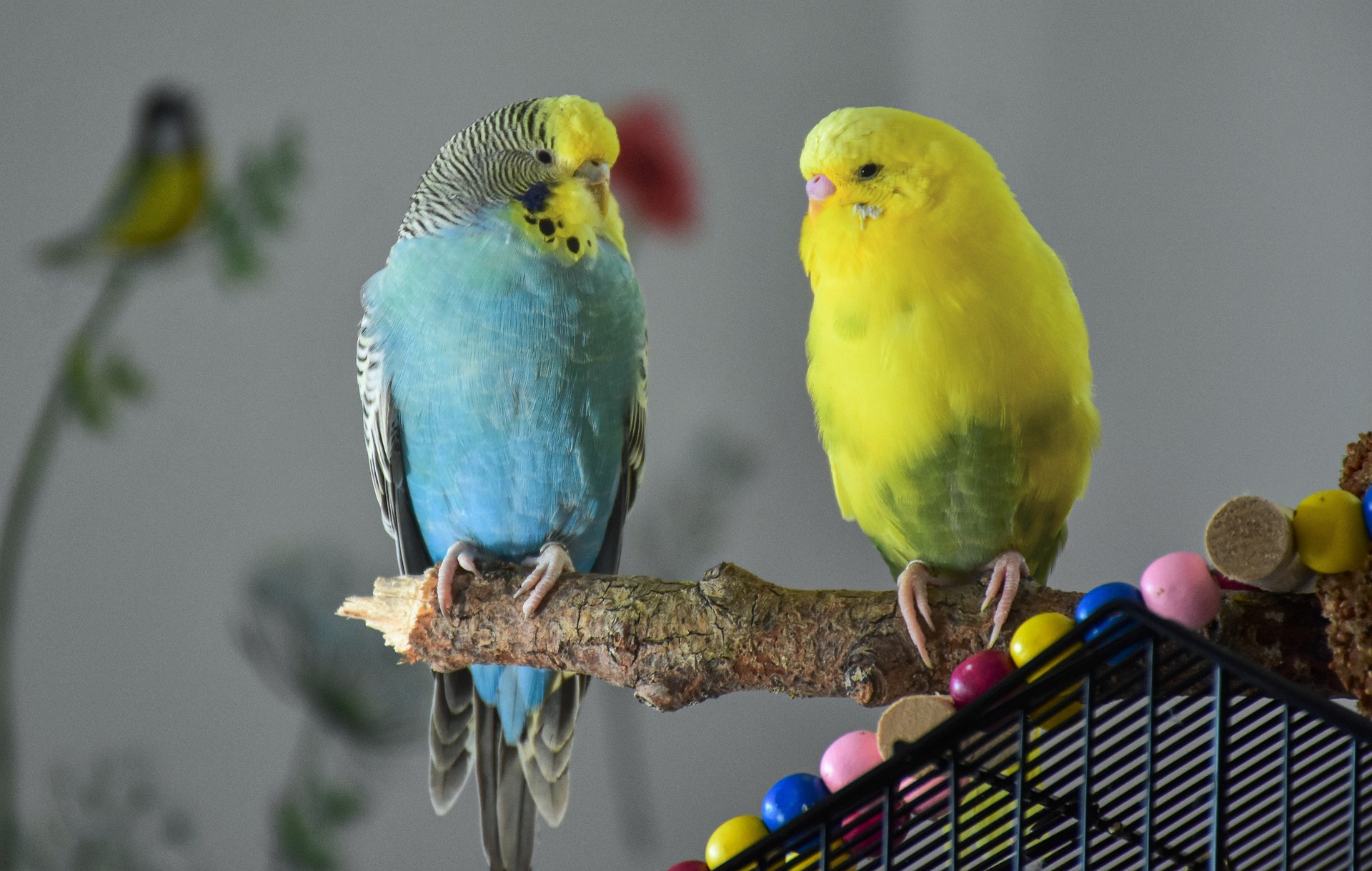A Spotlight on the Resurgence of Mime in Contemporary Theatre
The stage is set. The lights dim. A lone figure steps into the spotlight, commanding the audience's attention. There's no dialogue, no music—just the power of pure, non-verbal communication. This is the world of mime, a traditional art form that is experiencing a surprising resurgence in contemporary theatre.

Rediscovering the Art of Silence
Mime, as an art form, has a long and storied history. Its roots can be traced back to ancient Greece and Rome, where pantomime was a popular form of entertainment. Over the centuries, mime evolved, influenced by various cultural traditions and artistic movements. In the 20th century, French actor and mime Marcel Marceau popularized the art form worldwide, giving birth to the stereotypical image of a mime as a white-faced performer in a striped shirt and beret.
The Modern Mime Movement
Fast forward to the 21st century, and mime is once again capturing the imagination of theatre-goers. Contemporary mime artists are redefining the genre, incorporating elements of physical theatre, clowning, and even dance into their performances. They are challenging the notion that mime is silent, introducing vocal elements and sound effects to create a richer, multi-sensory experience.
Mime in Popular Culture
The resurgence of mime is also evident in popular culture. From the silver screen to the small screen, mime artists are becoming increasingly visible. In cinema, films like ‘The Artist’ have shown that silent performances can captivate audiences and win critical acclaim. On television, reality shows featuring talent competitions often include mime artists, demonstrating the broad appeal of this art form.
The Impact of Mime
The impact of the modern mime movement is profound. It’s not just about entertainment; it’s also about communication. Mime transcends language barriers, making it a powerful tool for storytelling. It teaches us the value of non-verbal communication and reminds us that sometimes, actions truly speak louder than words.
Additionally, mime has therapeutic potential. Drama therapy, for instance, often incorporates mime and movement, helping participants express emotions they might struggle to put into words.
Future of Mime
The resurgence of mime in contemporary theatre signals a broader trend towards more physical and visual forms of storytelling. As we move forward, it will be interesting to see how this art form continues to evolve and adapt to the changing cultural landscape.
In conclusion, the world of mime is far from silent—it’s vibrant, expressive, and full of potential. As audiences and artists alike rediscover the power of this ancient art form, one thing is clear: the future of mime is anything but quiet.




